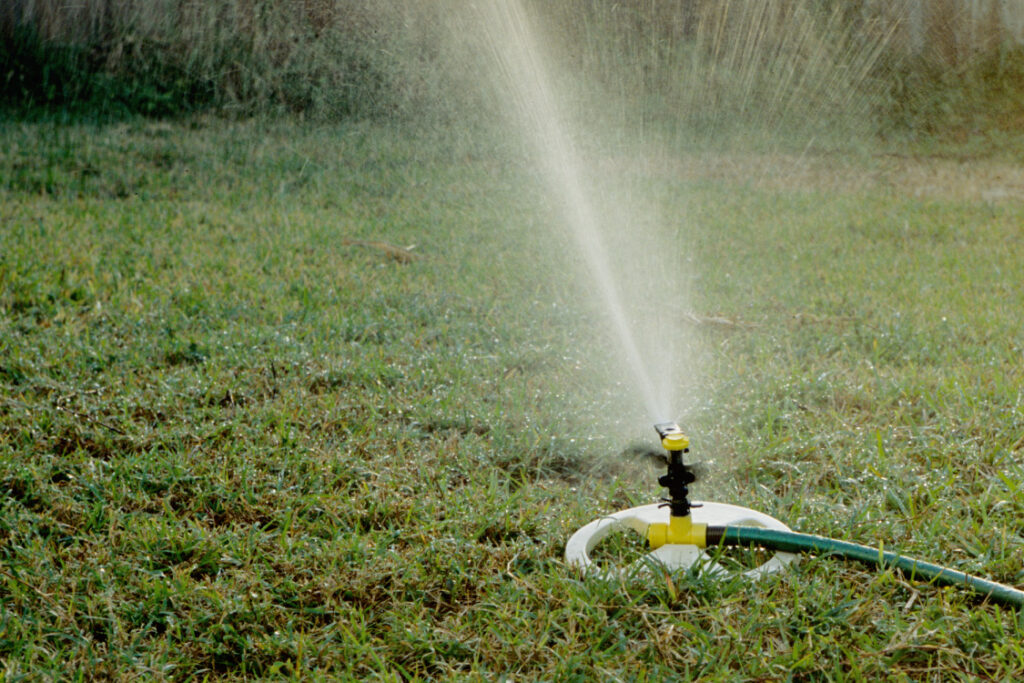50% Off First Application¹
Call 1-855-940-1479
and connect with a TruGreen consultant
Before you seed, decide which grass is right for your yard.
Spring and fall are the most popular times to seed but before you get excited and start buying seed in bulk, it’s crucial to pick out a seed varietal that will perform well in your yard.
First and foremost, it’s imperative to decide which species of grass is best for your lawn. There are literally hundreds of options available commercially which vary widely from climate to climate. Warm-weather grasses like St. Augustine grass, Rye grass, and Bermuda grass are popular in wet, hot areas while cool-season grasses like Bluegrass and Fescue are more popular in the Northern US where freezes run deep.
The type of grass that will work best for your lawn depends on your maintenance requirements, the amount of shade, and what type of rainfall you typically get. Consult with a local professional to find out more about the right species for your lawn.

Things to consider when choosing a seed:
- How often do you want to mow your lawn?
- What’s the average rain fall in your area? Are there water restrictions?
- Do you mind fertilizing your own lawn or will you need professional help?
- What type of “traffic” is your lawn going to require?
- How much shade or sun does your grass generally get?
Steps to Seeding Successfuly
Once you’ve decided on a varietal of seed and you’ve created an optimal seeding schedule, it’s time to get to work! If seeding seems like too much work, a local lawn care provider can be hired to do the heavy lifting for you.
Before you get started seeding your lawn, you need to purchase the following equipment:
– Seeder/Spreader
– Hose with sprinkler attachment or sprayer
– Starter fertilizer
– Top dress matter, such as peat moss
– Water-filled roller
– Stakes with string

Step 1) Spread the seed using the “spreading” setting on your spreader (instructions should be included.) It’s crucial to evenly apply the seed so it may be a good idea to use half the seed in one direction and the other half while moving in the opposite direction.
Step 2) Apply a starter fertilizer per the seed type you’ve chosen. Some people prefer to mix the starter fertilizer with the seed itself. After you’ve completely seeded, use the spreader to apply a thin layer of organic matter such as peat moss to seal in nutrients and moisture.
Step 3) Using a half-full water roller, roll the entirety of the yard to ensure the seeds are embedded in the soil. Use the wooden stakes and string to mark off your yard to keep pets and kids from disrupting the germination process.
Step 4) Water! Be careful not to water too quickly so puddles form or the seed washes away. In the first days and weeks before germination, never let the seeds dry out. Keep the grass moist every day, and if possible use a handheld hose to moisten the ground several times a day.
After your grass seed germinates, you’ll want to get into a weekly care routine that includes watering and mowing. If you prefer to let the professionals handle your seeding and lawn care needs, contact a local seeding company for grass seed options today.

TruGreen will gladly visit your property as often as needed between scheduled visits to make any necessary adjustments and to ensure your satisfaction.
Getting Started with TruGreen
- Call or fill out the form above to reach a lawn care specialist.
- Know the square footage of your yard, as well as any specific areas of concern.
- With the help of your specialist, create a customized lawn care plan that meets your lawn’s needs.
- Schedule your Healthy Lawn Analysis2 to start your service.
